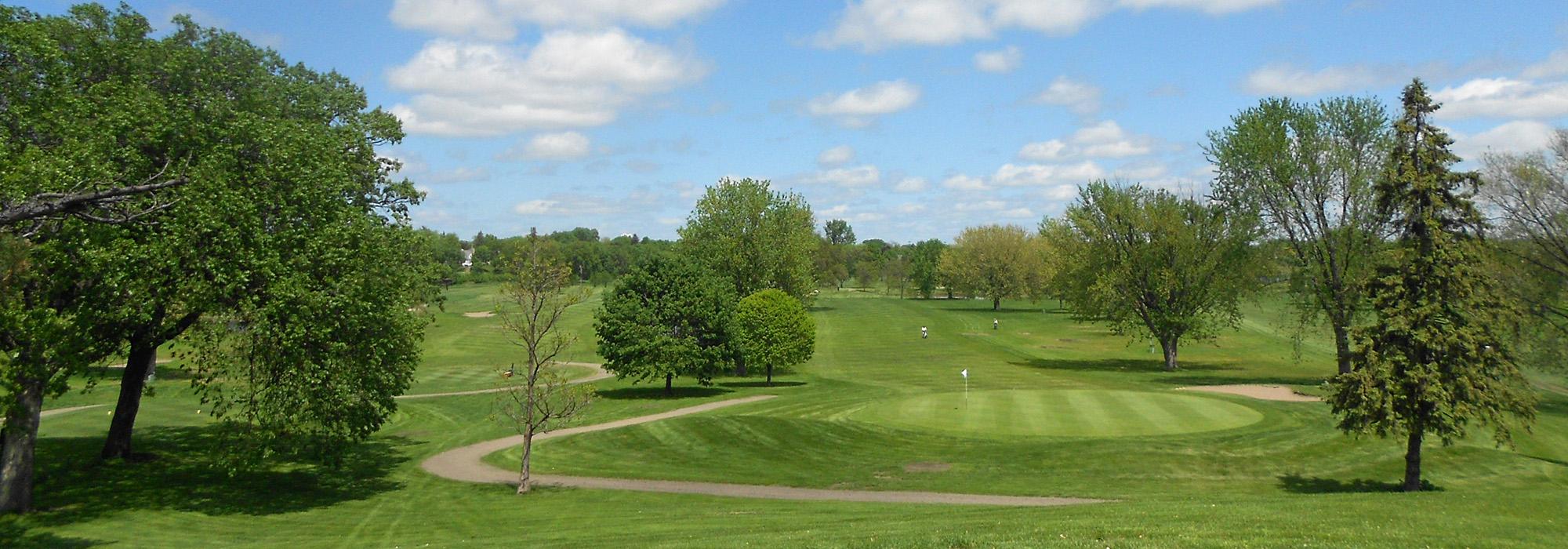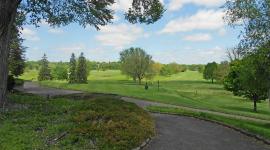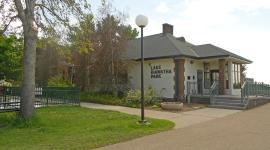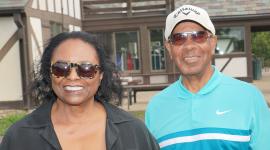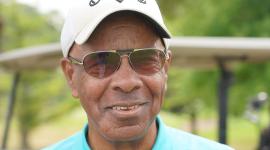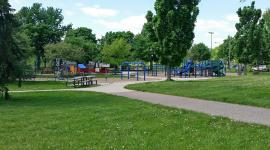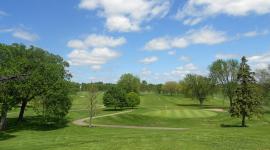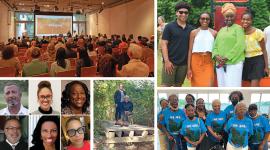Judge LaJune Lange, co-chair of the Coalition of 100 African Americans, on the Hiawatha Golf Club
The earliest African Americans living near what is now Lake Hiawatha and Hiawatha Golf Course were Dred and Harriet Scott and more than two dozen other enslaved persons at Ft. Snelling in the 1830's in what was then the Wisconsin Territory. Ft. Snelling maintained a sawmill at St. Anthony Falls creating opportunities for enslaved persons to hunt, fish and create opportunities in the vast woodland around the region adjacent to the Minnehaha Falls and the Fort.
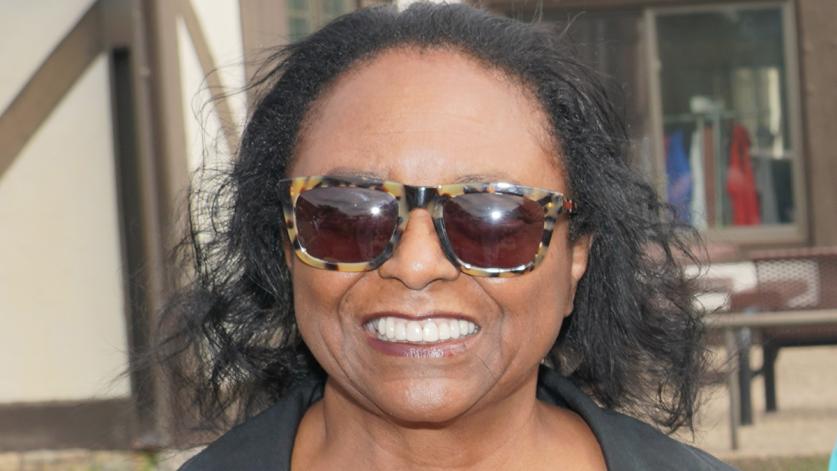
In the 1860s a railroad track was built connecting St. Anthony Falls to Ft. Snelling creating jobs and transportation for more than 300 escaped slaves who were brought by the U.S. Grand Army of the Republic to Ft. Snelling in 1863 to fill the labor shortage caused by the Civil War. Nearby farms, businesses and the Ft Snelling were beneficiaries. The 1863 African Americans brought their wives and children intent on permanent settlement in the region and over time they created communities in South Minneapolis along Snelling Avenue (formerly Fort Road).
In 1958 the St. James AME Church moved to Snelling Avenue to be closer to this historic community. St. James AME is the oldest African American continuously operating church established 1863 in the Village of St. Anthony Falls before Minneapolis became a city. Members of the AME Church and the Baptist Church used Minnehaha Falls, Hiawatha Golf Course, and the Longfellow Zoo as cultural gathering spots for church picnics, enjoying nature and golfing after the course was built.
The Clubhouse at Hiawatha Golf Course was in the service area of the all-African American fire brigade at Station #24 located at 4501 Hiawatha Avenue in Minneapolis. This fire station was constructed at the request of the Black community living in the area in 1907. The annual Bronze Golf Tournament was the largest outdoor gathering of African Americans in Minnesota. The food, golfers, and relaxed daytime atmosphere made the community feel they were not invisible and could honor itself once a year.
My attendance at the Bronze was considered both a must and a privilege. I could see men and women who looked like me who were lawyers, doctors, educators, business owners, newspapers publishers, fashion models and parents enjoying a legacy cultural activity.
Judge LaJune Lange served as a Fourth Judicial District Court Judge for the State of Minnesota.



